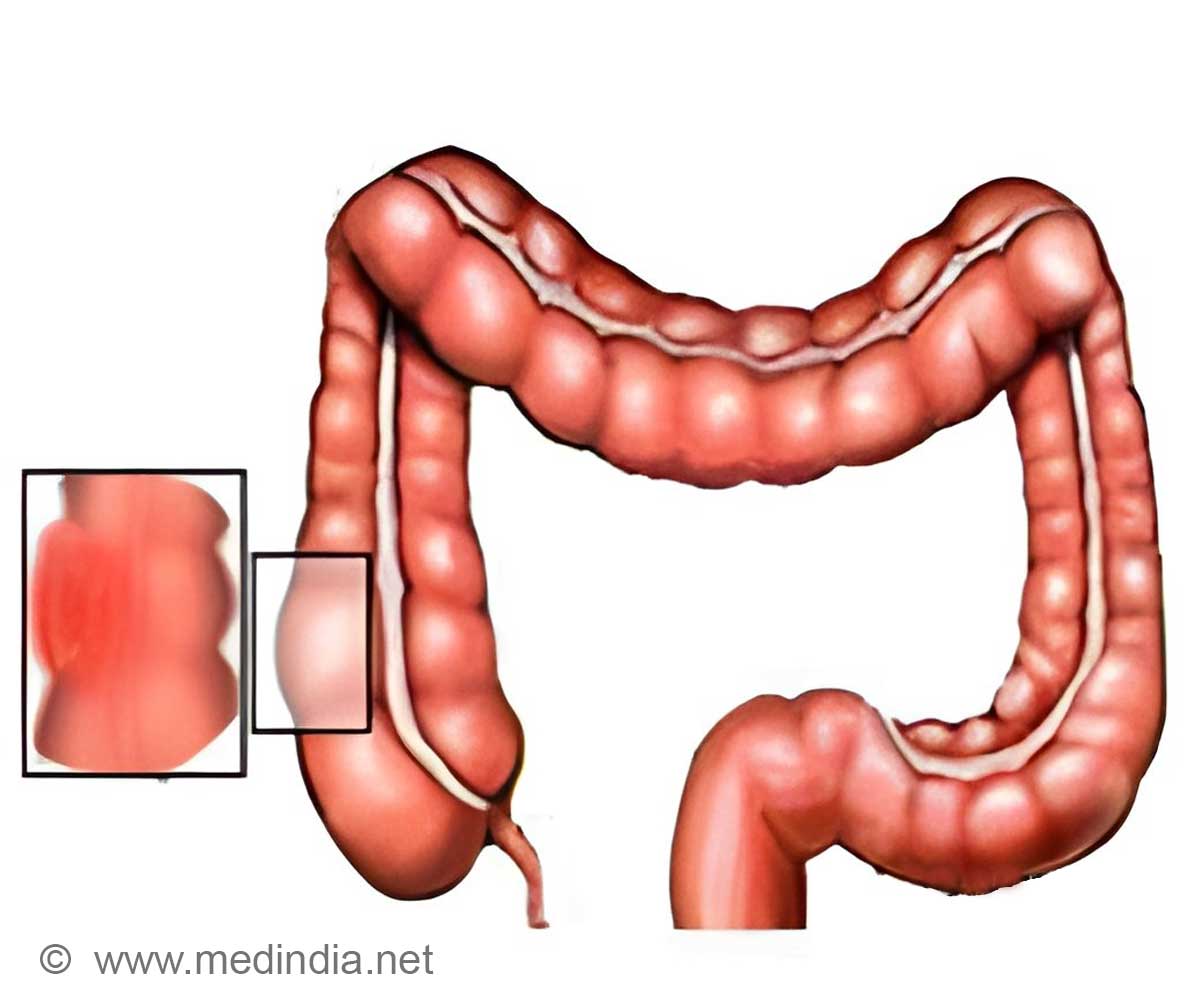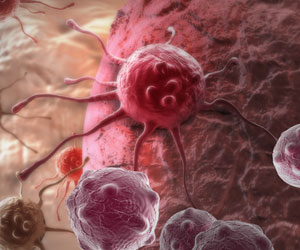The role of PLAC8 protein in the spread of colon cancer has been studied by Washington University School of Medicine in St. Louis and Vanderbilt University Medical Center scientists.

The work appears April 1 in the Journal of Clinical Investigation.
"We knew levels of this protein are elevated in colon cancer," said co-author Lilianna Solnica-Krezel, PhD, professor and head of the Department of Developmental Biology at Washington University. "Now we''ve shown what PLAC8 could be doing -- causing the cells to transition to a state that allows them to spread.
"This discovery developed from a collaboration between my group studying zebrafish and Robert Coffey''s lab looking at human cells, both initially at Vanderbilt," she said. "Since 2010, my group has continued the zebrafish work at Washington University."
Senior author Robert Coffey, MD, the Ingram Professor of Cancer Research at Vanderbilt University, and his group have been developing new methods to grow colon cancer cells in three dimensions, rather than using typical procedures to grow cells in a flat dish.
Coffey''s group observed that colon cancer cells growing in three dimensions formed either smooth hollow balls or spiky clumps with protrusions extending into the surroundings. Compared to the smooth balls, the spiky clumps were shown to form rapidly spreading tumors in mice. When the researchers compared gene expression between the cells forming smooth balls and those forming spiky clumps, PLAC8 stood out. It was expressed at extremely high levels in the spiky clumps that formed aggressive tumors.
Advertisement
"We looked at this protein in zebrafish and saw that it was also expressed in the gut," said Solnica-Krezel. "In normal zebrafish, PLAC8 is present on the inner lining of the gut. We also noticed PLAC8 is heavily expressed in the early embryos of zebrafish."
Advertisement
"We realized that these defects were very similar to abnormalities we see when the protein E-cadherin is mutated," Solnica-Krezel said. "E-cadherin is a cell adhesion molecule present on the cell surface, which allows cells to stick to one another. The amount of E-cadherin on the surface is very important for cell movement, with too much or too little being detrimental to mobility."
E-cadherin is also important in maintaining the sheet-like tissue structure called epithelium, which forms the inner lining of many organs, including the gut. Loss of E-cadherin can indicate a process known as epithelial-to-mesenchymal transition, where the cells detach, and the tissue loses its sheet-like nature, making it easier for the cells to migrate.
During early development, these transitions are normal, as cells must migrate to different parts of the developing organism and form new tissues and organs. But in cancer, this transition to more mobile cells can be the tipping point that causes them to break away from a tumor and invade neighboring tissues.
"Scientists know a lot about E-cadherin," Solnica-Krezel said. "But this is the first link between PLAC8 and E-cadherin. Nobody knew that PLAC8 could regulate it. Too much PLAC8 causes E-cadherin levels to go down, and low E-cadherin is associated with abnormal cell movement."
Moving full circle, first with human cells, then with zebrafish, the researchers returned to human tissues to investigate PLAC8 and associated proteins in colorectal tumors. They demonstrated that many markers of the epithelial-to-mesenchymal transition observed in zebrafish embryos with too much PLAC8 were also present at the edge of a human colon tumor.
Solnica-Krezel speculates PLAC8 could be an interesting target for future work in developing new cancer therapies.
"One could think about finding chemicals that might inhibit PLAC8''s activity," she said. "But at present, this finding may have prognostic value. Those tumors expressing PLAC8 at high levels will be the most invasive."
###
This work was supported by the National Institutes of Health (NIH). Grant numbers CA174377, CA46413, CA095103, CA119925, CA009582, CA68485 and GM55101.
Li C, Ma H, Wang Y, Cao Z, Graves-Deal R, Powell AE, Starchenko A, Ayers GD, Washington MK, Kamath V, Desai K, Gerdes MJ, Solnica-Krezel L, Coffey RJ. Excess PLAC8 promotes an unconventional ERK2-dependent EMT in colon cancer. Journal of Clinical Investigation. April 1, 2014.
Washington University School of Medicine''s 2,100 employed and volunteer faculty physicians also are the medical staff of Barnes-Jewish and St. Louis Children''s hospitals. The School of Medicine is one of the leading medical research, teaching and patient-care institutions in the nation, currently ranked sixth in the nation by U.S. News & World Report. Through its affiliations with Barnes-Jewish and St. Louis Children''s hospitals, the School of Medicine is linked to BJC HealthCare.
Source-Newswise















